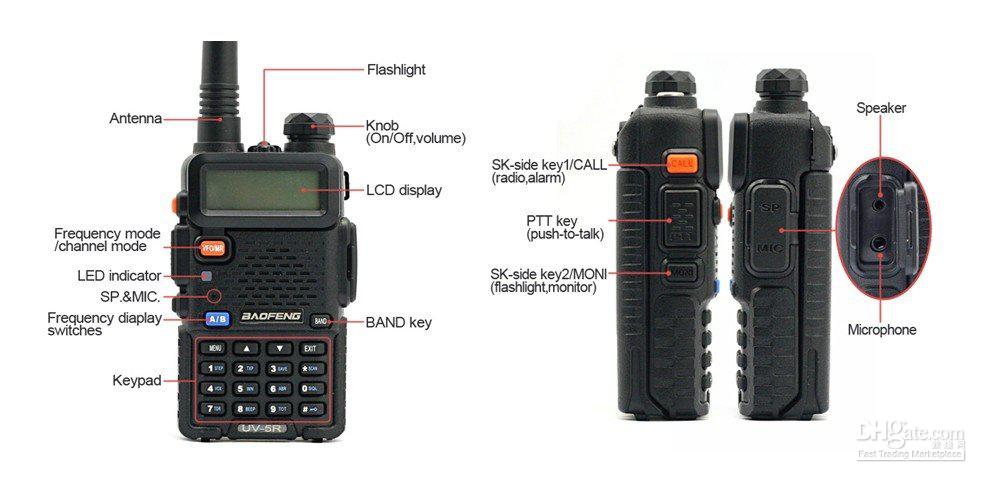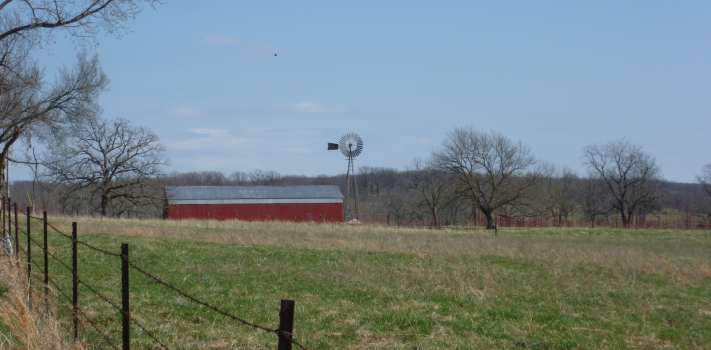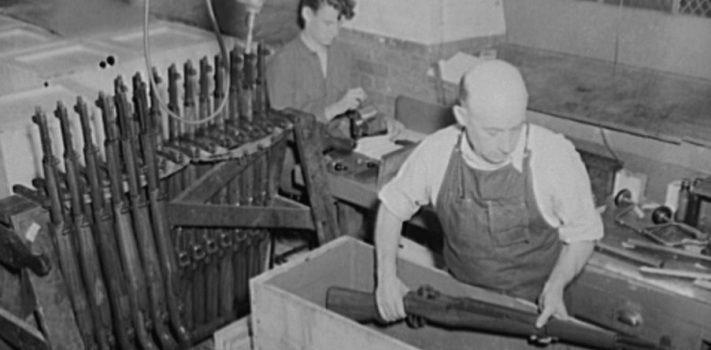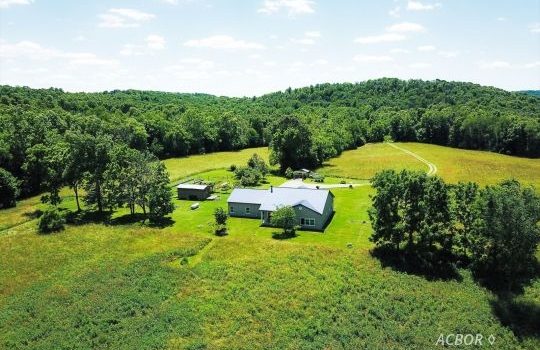Commo for Family, Group, or Community – Part 4, by Tunnel Rabbit
(Continued from Part 3.) CB Radios Cobra has time-tested models that are sure to please you. However, there are less expensive brands that may be just as reliable, but lack some of the useful features that Cobra offers. Regardless, 40-channel handhelds and mobile CBs are limited to 3.5 watts. As a practical matter, I would be inclined to buy several of the least expensive CBs before getting something as nice as a full-featured Cobra, or better yet, a CB with SSB. I apply this approach to all my purchases in order to create as deep a supply as possible. Logistics …






